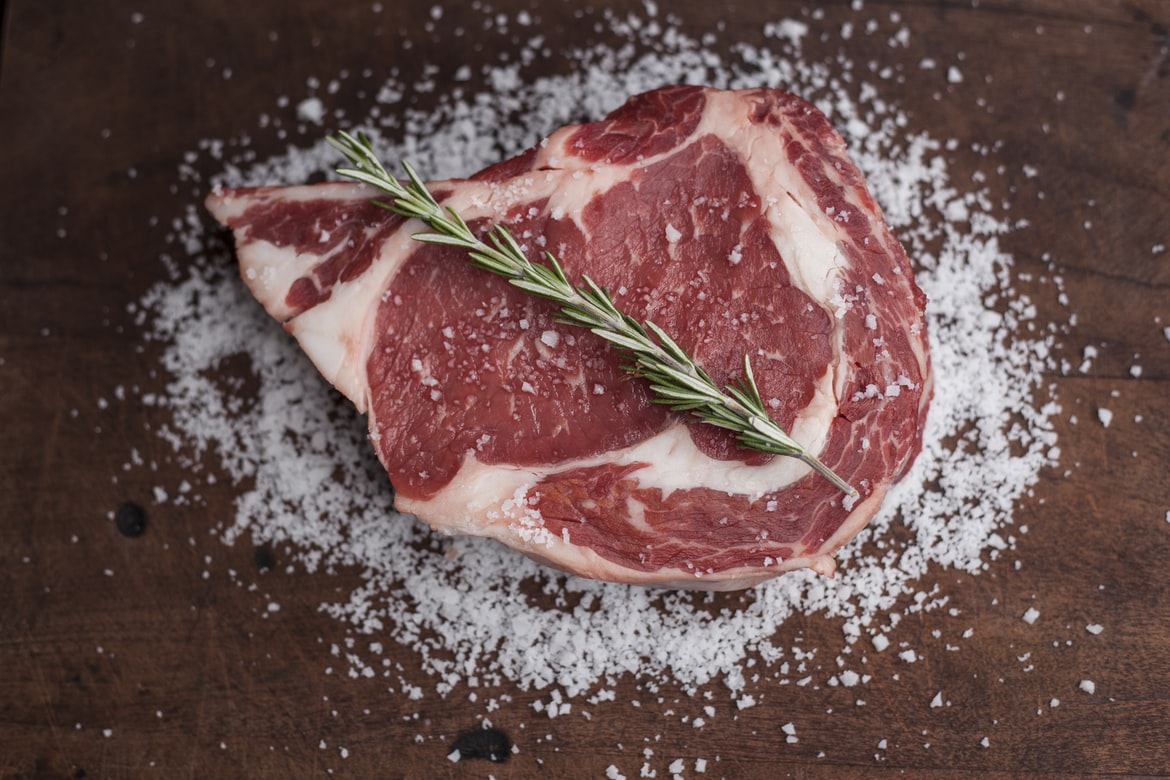A sizzling pan is placed over an open fire, a pat of butter slowly melting around the herbs and other ingredients that await the fresh cut of meat that will be their supper. With precision, the
Cook sears each edge of the meat before slowly basting it with the butter and herbs, creating a delicious crust on the prime cut. Once rested on his cutting board, the slab of meat will be sliced and shared, complimented with vegetables and other dishes created by other
Cooks and delicate hands.
Cradle-fed beef is just one staple amongst the culinary arts of the
Clay Giants. Their way of life is defined by their work with
animal husbandry, creating plentiful herds that could feed and help their villages for centuries to come. Along with that work comes the continuation beyond just the life of their livestock, the reverence given as they prepare their food and savor the fruits of their labor. For these people, caring for their livestock is paramount to everything in life.
Having raised the
Black Stout and
Tatanka that give the
Clay Giants their Cradle-Fed Beef, this meat is the most prevalent protein source throughout the
Cradle and parts of the
Dwarven Kingdom and
Human Empire. It is one of the
Cradle's largest exports as the meat's
marbling and taste make it highly adored throughout large parts of the
Northern Continent.
Named for the dark color of their coats during the winter, the
Black Stout are often kept by the
Clay Giants to produce meat and milk. Their heavy coats and stout bodies allow them to survive the changing weather in the
Cradle of Clay.
Raising & Finishing
The
Black Stout and
Tatanka of the
Cradle are raised on wide swathes of prairie grass throughout most of the year where they are allowed to roam freely. As the year turns colder, the herds are gathered in corrals near villages where the animals are fed a diet of grain and
silage which fattens the animal and increases
marbling.
After the animal has reached the desired weight, it will be selected for slaughter and the process of separating various cuts of meat and the aging process will begin. Specialized cooling buildings powered by
Arcane Dust will house the carcasses for 10 days while they hang to age and increase the tenderness of the meat.
Exports
The exportation of Cradle-fed Beef began shortly after an agreement was made with the
Dwarves to create cast iron cookware. Early on, the cookware was traded for choice cuts of meat that had been properly aged and then salted to handle the long weeks of travel into the underground cities of the
Dwarves. Eventually, this trade would expand as both the
Dwarves and the
Clay Giants shared the meat with their emissaries and the word spread.
Cradle-fed beef is the second most common export of the
Cradle behind
Arcane Dust. The
Clay Giants are the largest producer of meat in the
Northern Continent and have been known to export it from coast to coast. The most prolific importers of the meat are the
Dwarves and
Humans, but both the
Elves and
Halflings have been known to import some for special occasions. Those of fey descent often prefer the leaner taste of game meats over the heavily-marbled flavors of Cradle-fed Beef.




I love reading about the Clay Giants and their cattle. The first paragraph made my mouth water.
Explore Etrea